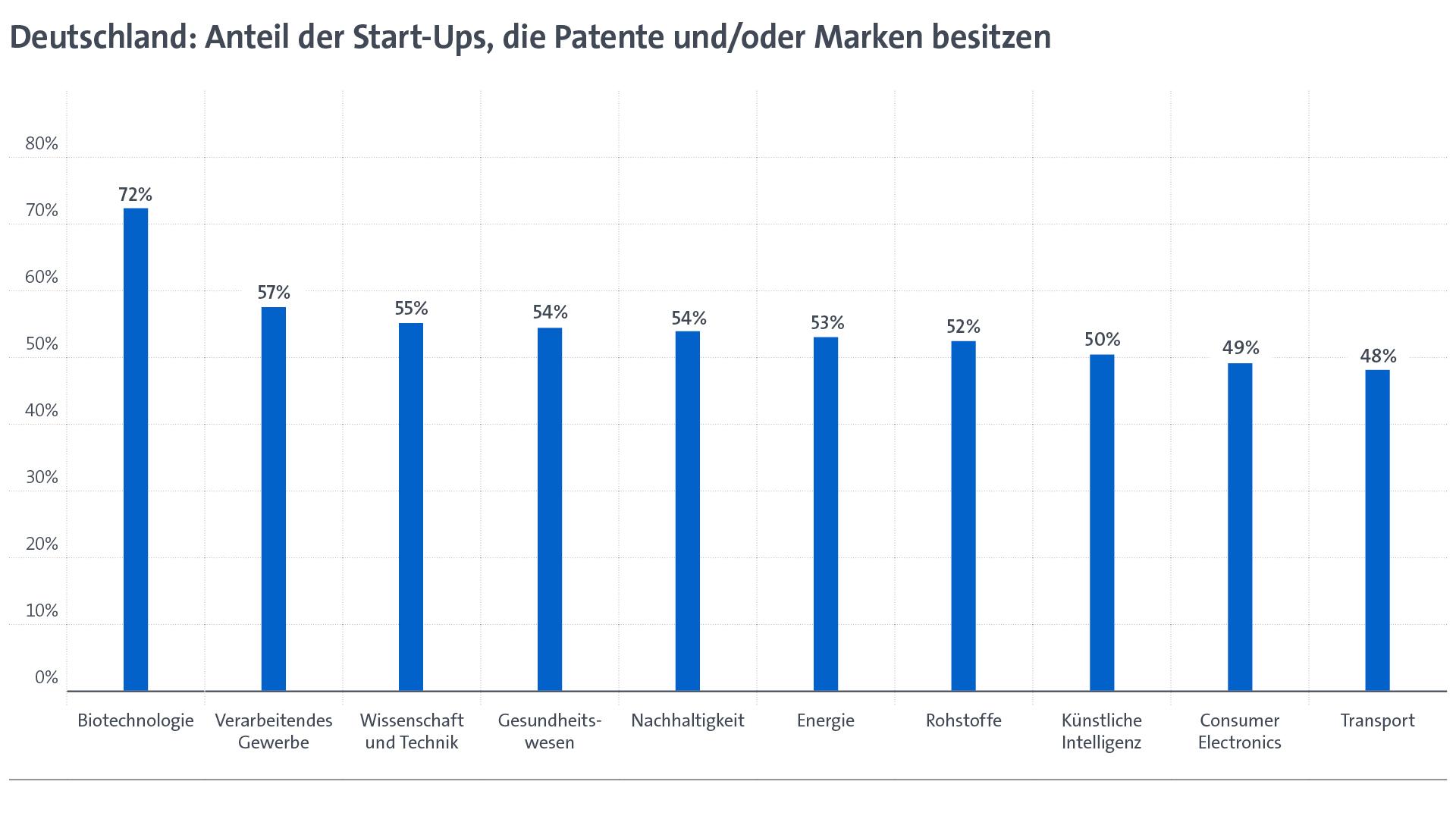How mezzanine capital works

Venture capital is more difficult to obtain, as is a bank loan for start-ups. Mezzanine capital as a hybrid form between equity and debt capital could be interesting for founders. But is it worth it?
There are many different options for start-ups to raise money. Traditionally, a distinction is made between debt and equity capital. Debt capital is, for example, credit and loans, which are usually made available for a limited period and repaid at some point. Equity capital is the classic venture capital that a start-up receives in exchange for shares in the company and which it generally does not have to repay.
However, there is also a third option: mezzanine capital. This term covers several forms of financing that are somewhere between debt and equity. Enpal, for example, recently used such a model. Ideally, anyone who secures mezzanine financing can combine the best of both worlds. However, there are a few things to bear in mind. An overview.
What is mezzanine capital?
Mezzanine capital, also known as hybrid capital, can take many different forms. This category includes profit participation certificates, silent partnerships, convertible bonds and shareholder loans. The structuring options for mezzanine capital are extremely variable, and the contractual partners can largely run riot when it comes to terms, termination and repayment modalities and profit sharing.
Nevertheless, there are some criteria that apply to almost all forms of mezzanine capital. For example, they are generally subordinated, which means that mezzanine capital providers are only paid after all other creditors in the event of insolvency. The term is usually relatively long, five years or more is normal. In addition, the interest rates - if agreed - are often relatively high, as the mezzanine modalities expose the lender to a higher risk.
Of course, mezzanine capital also has to be accounted for somehow. Accordingly, founders must make a decision in the balance sheet as to whether to enter their mezzanine financing under equity or liabilities. A rule of thumb: if it is a mezzanine loan, it should be recognized as a liability. If this is not the case, it is better for founders to check the box under equity.
If the mezzanine capital is treated as equity - for example in the case of a silent partnership - it often has the pleasant side effect that it improves the credit rating and gives the start-up the opportunity to obtain loans on better terms. Mezzanine financing can therefore be the starting point for a mixed financing round.
What forms of mezzanine capital are there?
There are virtually no limits to the imagination when it comes to mezzanine financing, although some forms have become established.
First of all,subordinated loans are nothing more than "normal" loans: The capital provider makes money available for a certain term, receives interest for this period and gets his money back at the very end. The catch: if the borrower has to file for insolvency in the meantime, the subordinated loan takes a back seat to all other creditor claims. So if there is no money left at the end, the subordinated loan lender is left holding the bag. However, the interest rates are also significantly higher than for other loans. The investor does not have any co-determination rights in the company.
Shareholder loans are also considered mezzanine capital. Loans that the shareholder gives to his company himself are initially treated no differently to loans from other capital providers. Here too, an important difference comes to light in the event of insolvency. Under certain circumstances, the loan can then be treated as an equity-replacing loan. This means that, like equity, it is not repayable to the shareholder. This type of loan is not possible for a partnership (e.g. GbR or KG).
While these two forms of mezzanine are initially treated as debt capital, the silent partnership is treated as equity capital. The silent partner waives co-determination rights, but receives a share of the profits. They do not have to be entered in the commercial register and generally do not appear externally, hence the term silent. Theoretically, they can also participate in losses up to the amount of their contribution, but in practice this is usually contractually excluded. In the event of insolvency, the silent partner is a regular creditor.
Closely related to silent partnerships are profit-participating loans. These are loans whose interest is dependent on profit or turnover. As with the silent partnership, the investor has no say. However, they act as a creditor from the outset and are therefore protected against loss participation.
Profit participation rights are issued by the start-up itself. Anyone who acquires these shares in the company's profits. The big difference between this and a profit-participating loan, for example: This participation also applies to company losses. Profit participation rights usually have an end date by which the buyer receives back the money invested, provided it has not been used up by the company's losses. If the profit participation right is securitized, it is referred to as a profit participation certificate.
Last but not least, there are convertible bonds. These basically function like normal bonds and earn the buyer interest over the term. However, at a certain point in time - usually at the end of the term - the holder of the convertible bond can decide to exchange it for a predetermined number of shares instead of receiving their capital back. Warrant bonds work in a similar way. The bondholder can purchase a certain number of shares at a fixed price. However, they still get their money back at the end of the term.
For whom is mezzanine capital worthwhile?
In principle, mezzanine financing can be worthwhile in any phase of a company in which high investments are required, for example in product development, production expansion or expansion. They provide short-term liquidity, have a low impact on creditworthiness due to their structure and enable founders to retain control over their company. If the investor's remuneration is also linked to the company's results, this also reduces the financial risk.
However, as many mezzanine financings involve a regular payment to the investor - for example in the form of interest - the company should have a constant cash flow from which it can finance this. Interest rates are usually relatively high, as the financiers are taking a high risk. This is disadvantageous. And: the money has to be repaid at the end. This can be painful, especially if the planned investment or expansion does not pay off by then.
Who provides mezzanine capital?
The most important players in the mezzanine market are specialized mezzanine funds such as the Federal Ministry of Economics' micromezzanine fund or M-Cap Finance funds. The investment companies of the federal states also often provide mezzanine financing. Crowdinvesting is one way of obtaining subordinated loans. Private equity firms are also often prepared to provide financing on such terms. Mezzanine capital does not play a role in the traditional banking market.

Newsletter
Startups, stories and stats from the German startup ecosystem straight to your inbox. Subscribe with 2 clicks. Noice.
LinkedIn ConnectFYI: English edition available
Hello my friend, have you been stranded on the German edition of Startbase? At least your browser tells us, that you do not speak German - so maybe you would like to switch to the English edition instead?
FYI: Deutsche Edition verfügbar
Hallo mein Freund, du befindest dich auf der Englischen Edition der Startbase und laut deinem Browser sprichst du eigentlich auch Deutsch. Magst du die Sprache wechseln?






















